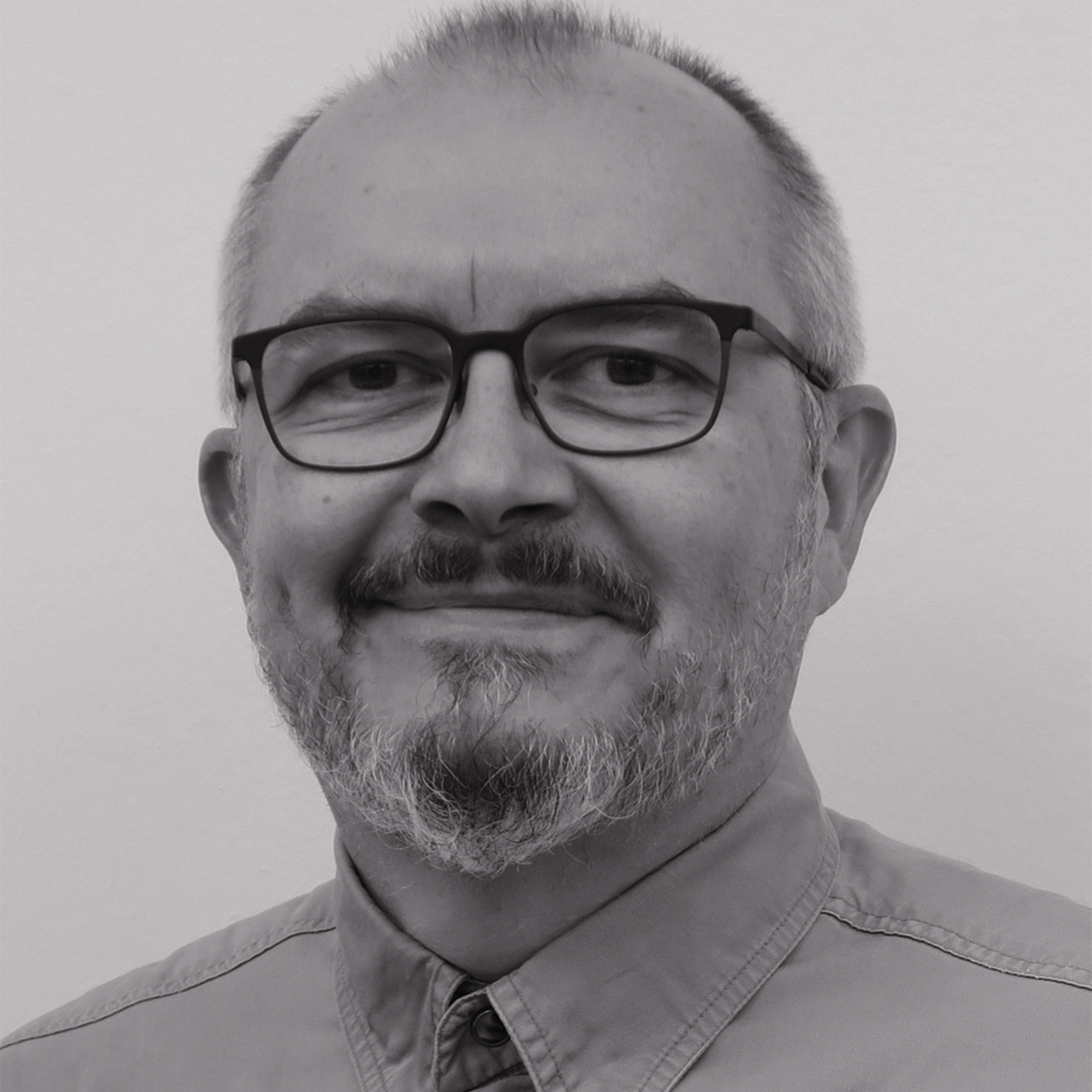Podcast of Schwabinger Tor
Das tor zur urbanen zukunft
Gesa Ziemer
Episode 1
Gesa Ziemer shows the future of the city - and very concretely. At the City Science Lab in Hamburg, she develops tools to show the consequences of decisions. If we lay a new S-Bahn track there, build a shelter for 300 refugees here, what happens then?
Ziemer says: Whether a city is aesthetically pleasing is not really important. A city has to function; we need the resilient city. In conversation with Michael Carl and Jacqueline Althaller.
»A city must function, we need the resilient city.«
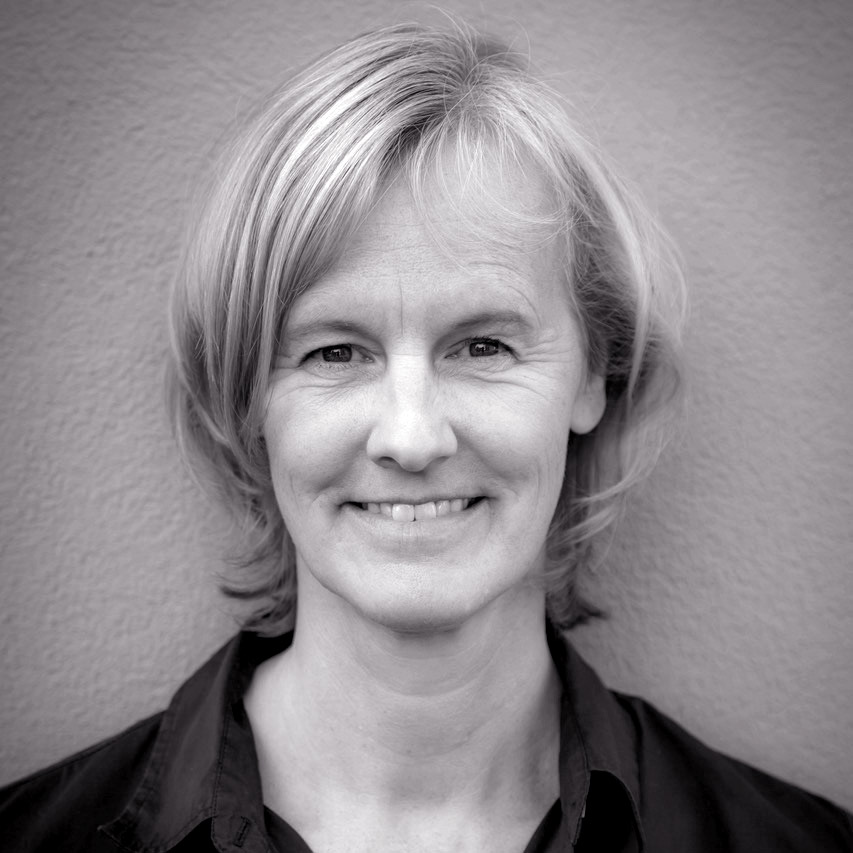
Andreas Garkisch & Robert WenkEpisode 2
The Schwabinger Tor in Munich stands on the site of Munich's former wholesale market. Transforming the neglected area into livable and lovable living and green space was often a hard-fought process. In retrospect, those involved think it was worth it.
How a vision became a new piece of Schwabing: Andreas Garkisch of 03 Architekten and Robert Wenk, co-owner of ver.de Landschaftsarchitektur, reflected on their experiences in very personal texts. In this episode, you will hear a dubbed collage of them.
How a vision became a new piece of Schwabing.
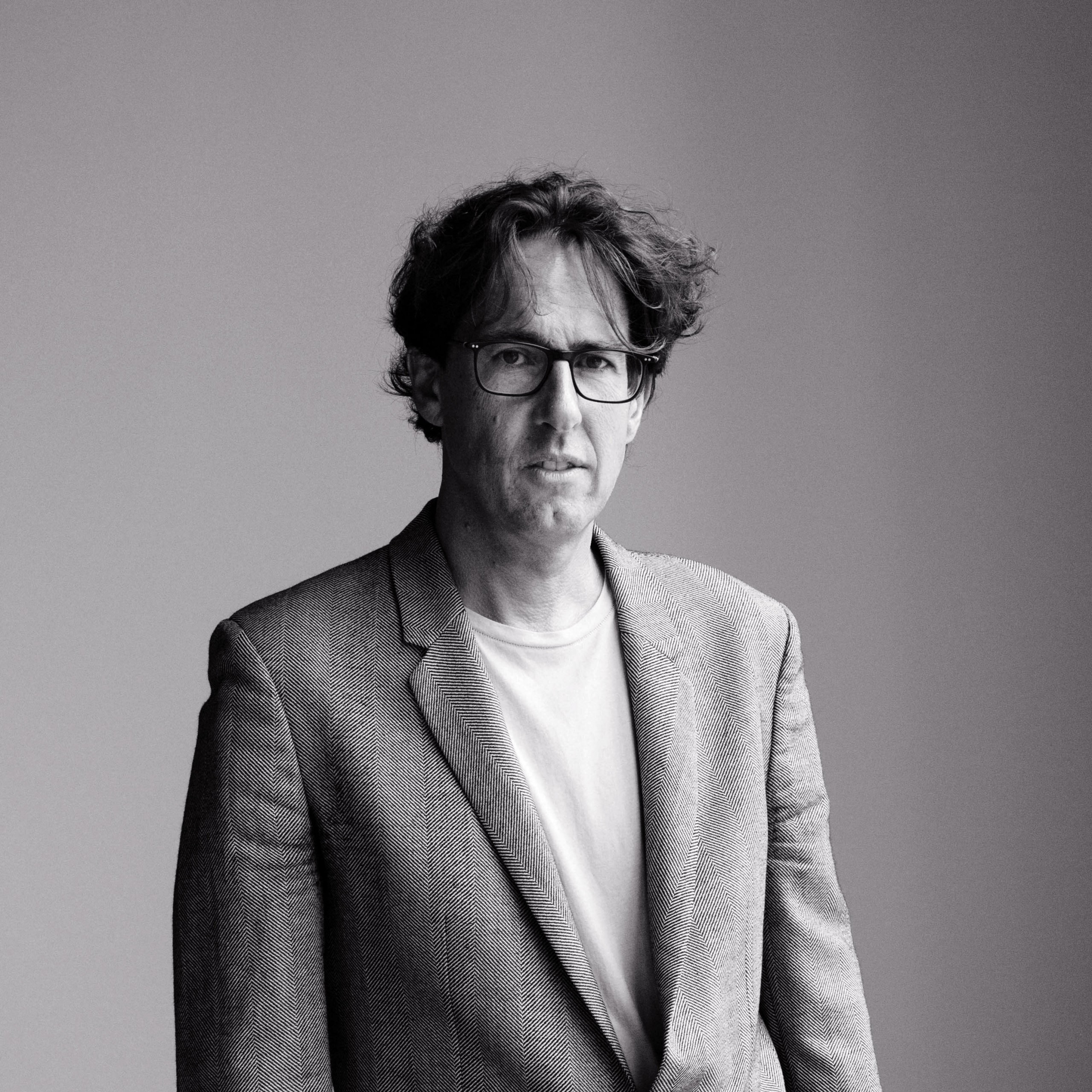
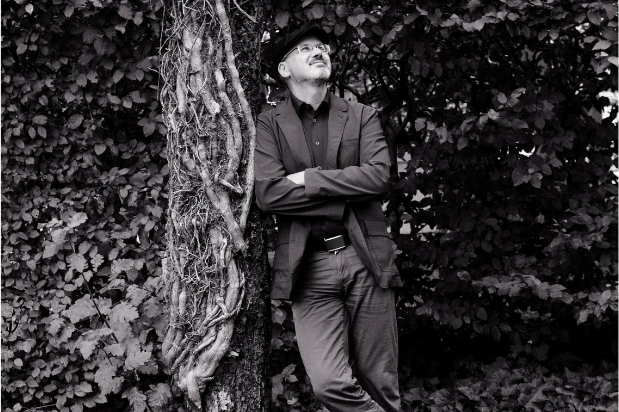
Daniela BohlingerEpisode 3
Daniela Bohlinger is Head of Sustainability in Design at the BMW Group. For her, sustainability and responsibility already begin in the planning of new products - in automobiles as well as in the environment of mobility: the urban space.
Bohlinger says: "Mobility can make an important contribution to the sustainable city of the future. And mobility, that is more than new vehicles. Mobility must be flexible in the long term and able to adapt to the needs of residents and the environment. Only then can we speak of sustainability in a contemporary sense. Is that even feasible in today's cities? In conversation at Schwabinger Tor in Munich with Michael Carl and Jacqueline Althaller.
»Mobility can make an important contribution to the sustainable city of the future.«
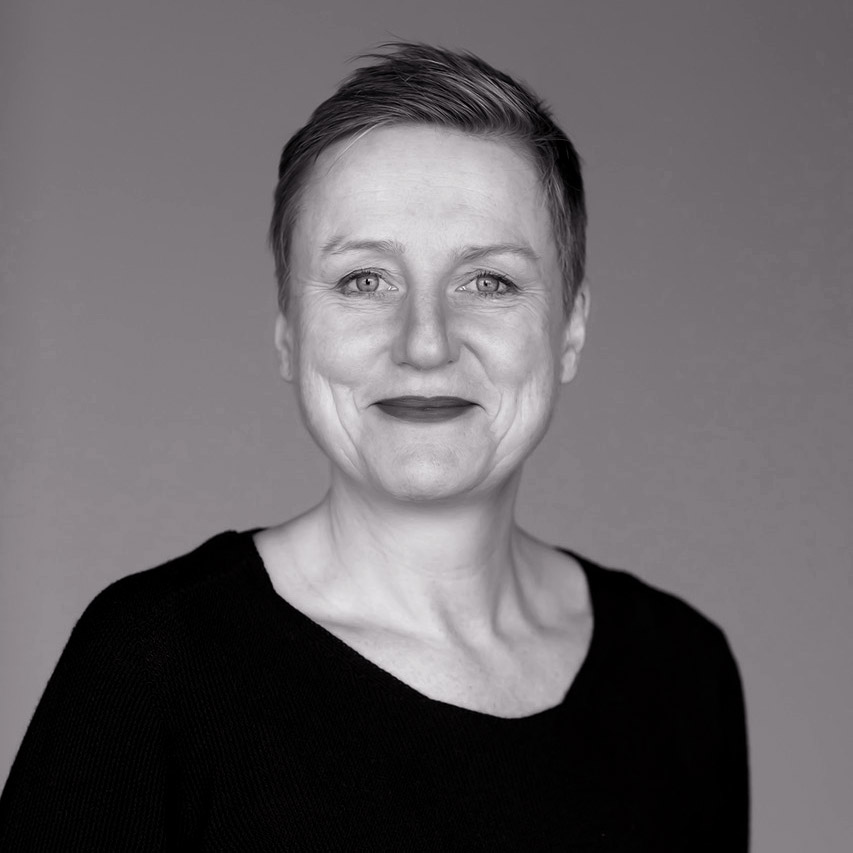
Max Dudler & Elisabeth MerkEpisode 4
Urban development of the future will have to be thought of much more strongly in terms of space, participation, architecture, energy efficiency and infrastructure - and their combination. Many people perceive quality of life and living in particular in terms of sufficient space and participation. The Schwabinger Tor neighborhood in Munich aims to open up new possibilities here.
A deep dive into the Schwabinger Tor: How can quality of life be maintained and expanded in the city of the future? Prof. Dr. Elisabeth Merk, architect and city planning councillor in Munich for 13 years, and Max Dudler, architect who has won several international awards, reflect in personal texts on their visions of a livable city of the future and bring them into harmony with individual urban history. You will hear a dubbed collage of these texts.
How can quality of life be maintained and expanded in the city of the future?
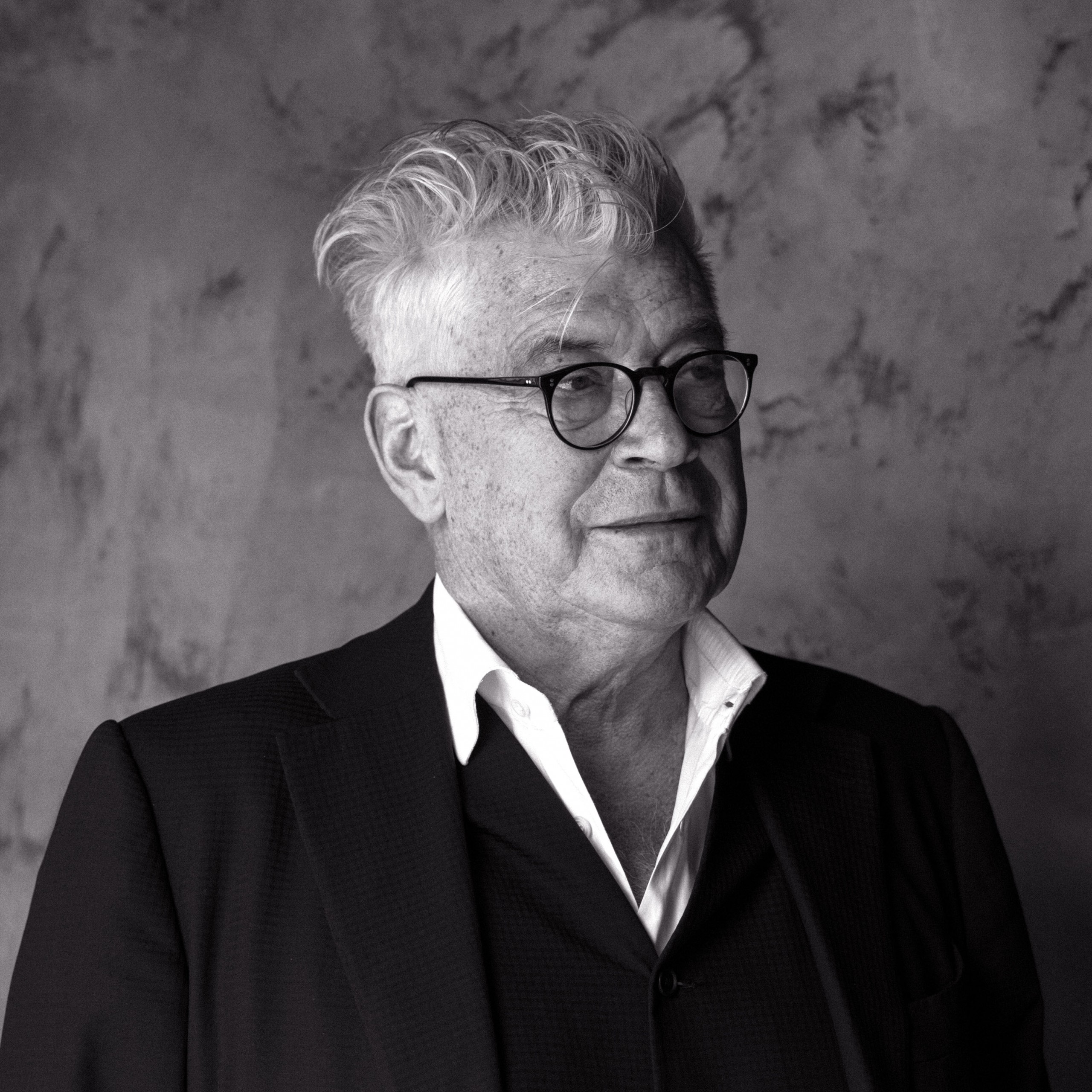
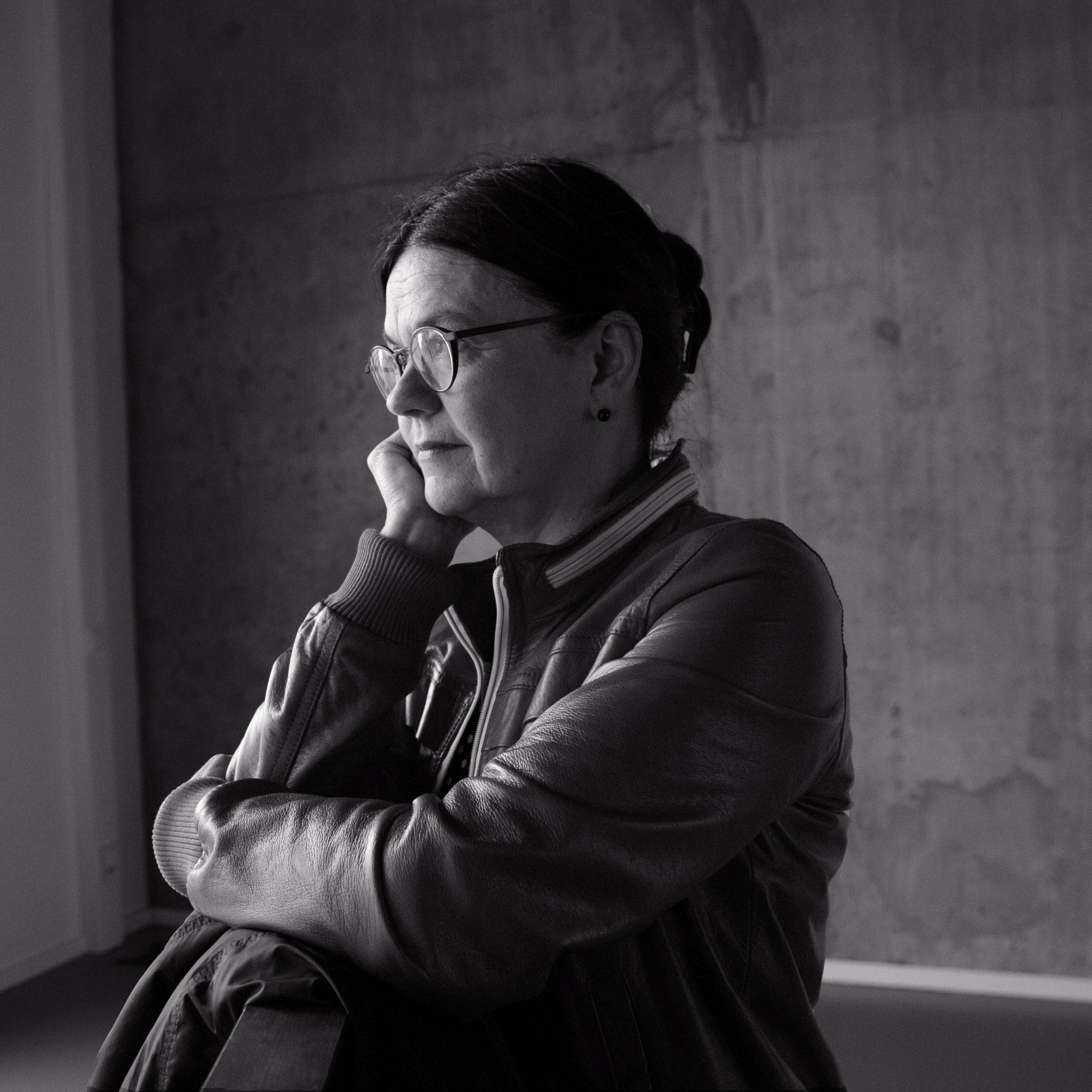
Emanuel MoonerEpisode 5
The artist's view of urban space questions our common image. The city is crowded, it is noisy, offers hardly any space to breathe and live, for creativity and development - or is it just our perception that is limited? The Munich artist Emanuel Mooner searches for the overlooked corners and overheard sounds of the city. Almost exploratory, he expands our perspective with his projects. Emanuel Mooner in conversation with Jacqueline Althaller and Michael Carl.
Emanuel Mooner was already active at Schwabinger Tor in 2016. Here, too, it was about the unrecognized spaces in urban space, as part of the exhibition "Unort Tiefgarage".
Munich artist Emanuel Mooner searches for the overlooked corners and overheard sounds of the city.
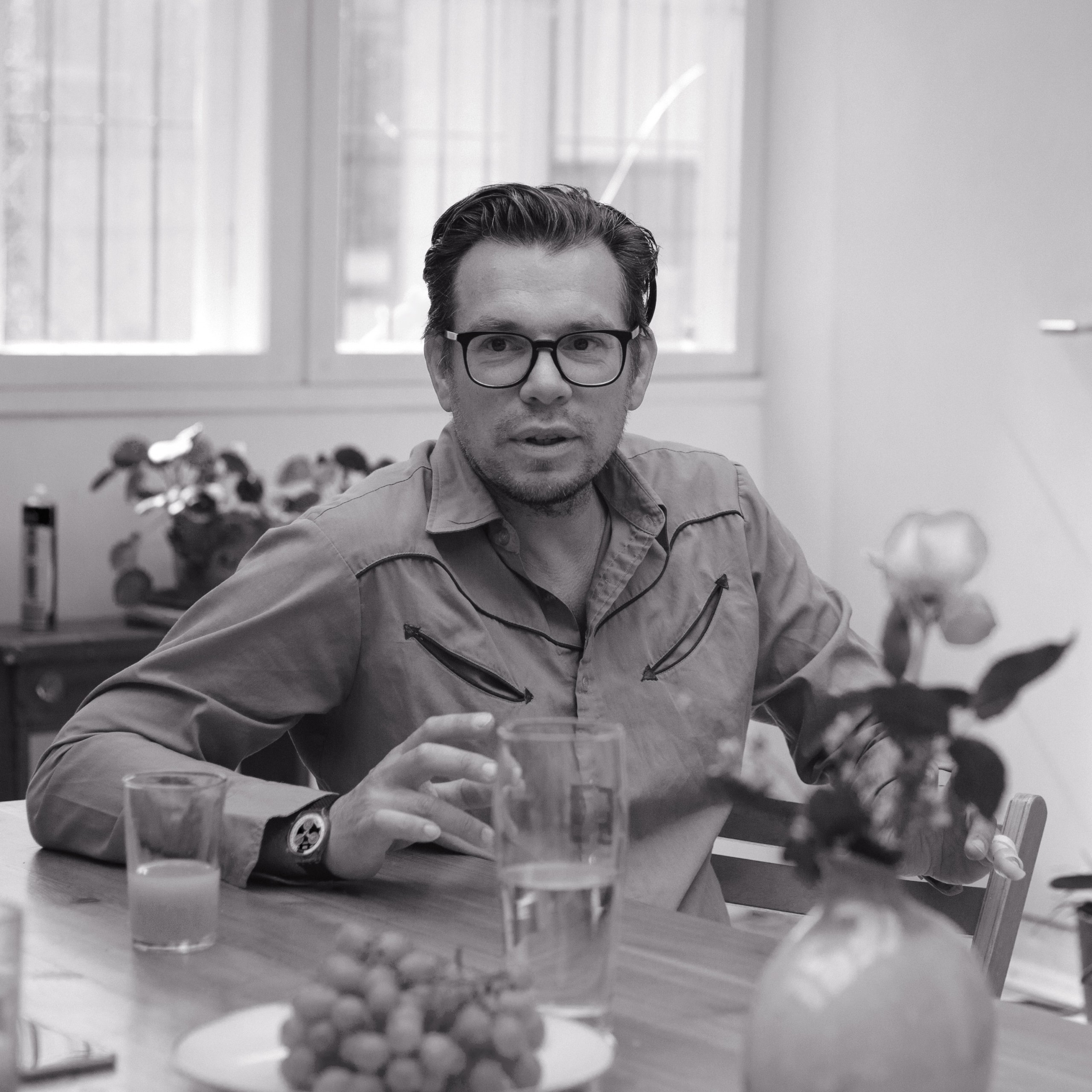
Thomas Rehn & Werner Lederer-PilotyEpisode 6
Future-oriented planning culture in urban development means seeing the city as a living space and not as a place for arbitrary living. Opening open spaces are just as much a part of this as an organic mix of commerce, gastronomy, offices and housing - and all this in constant dialog at eye level with the residents. This is how the Schwabinger Tor quarter came into being: as a joint project of business and life.
A look back at the genesis of Schwabinger Tor: How did derelict spaces become an attractive neighborhood for working, living and entertaining? Thomas Rehn, urban planner and long-time head of the department of building supervision of the city of Munich, and Werner Lederer-Piloty, architect and chairman of the district committee Schwabing-Freimann, recall in personal texts the extraordinary history of the emergence of the modern city quarter with exemplary character. You will hear a dubbed collage of these texts.
How did derelict spaces become attractive neighborhoods to work, live and work in?
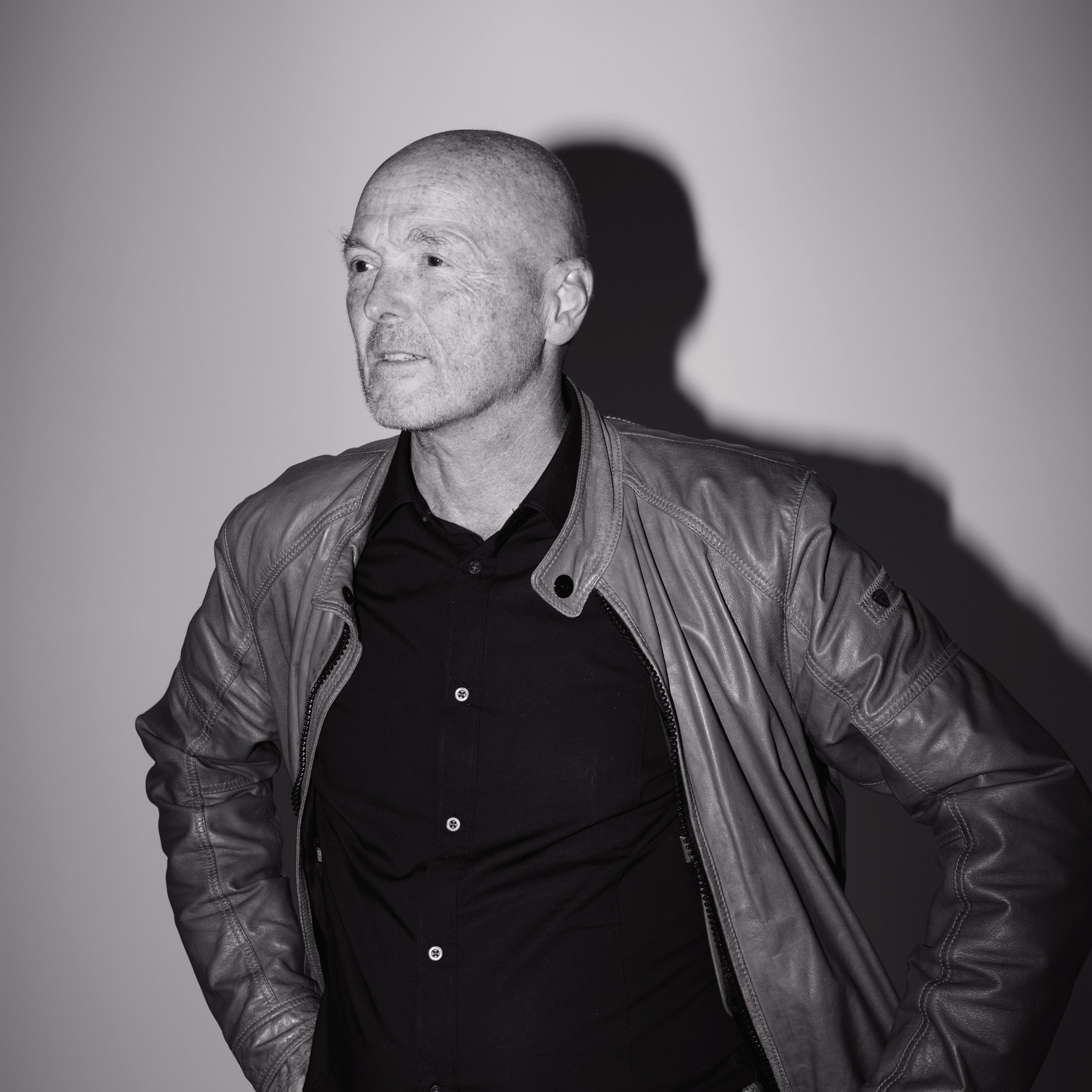
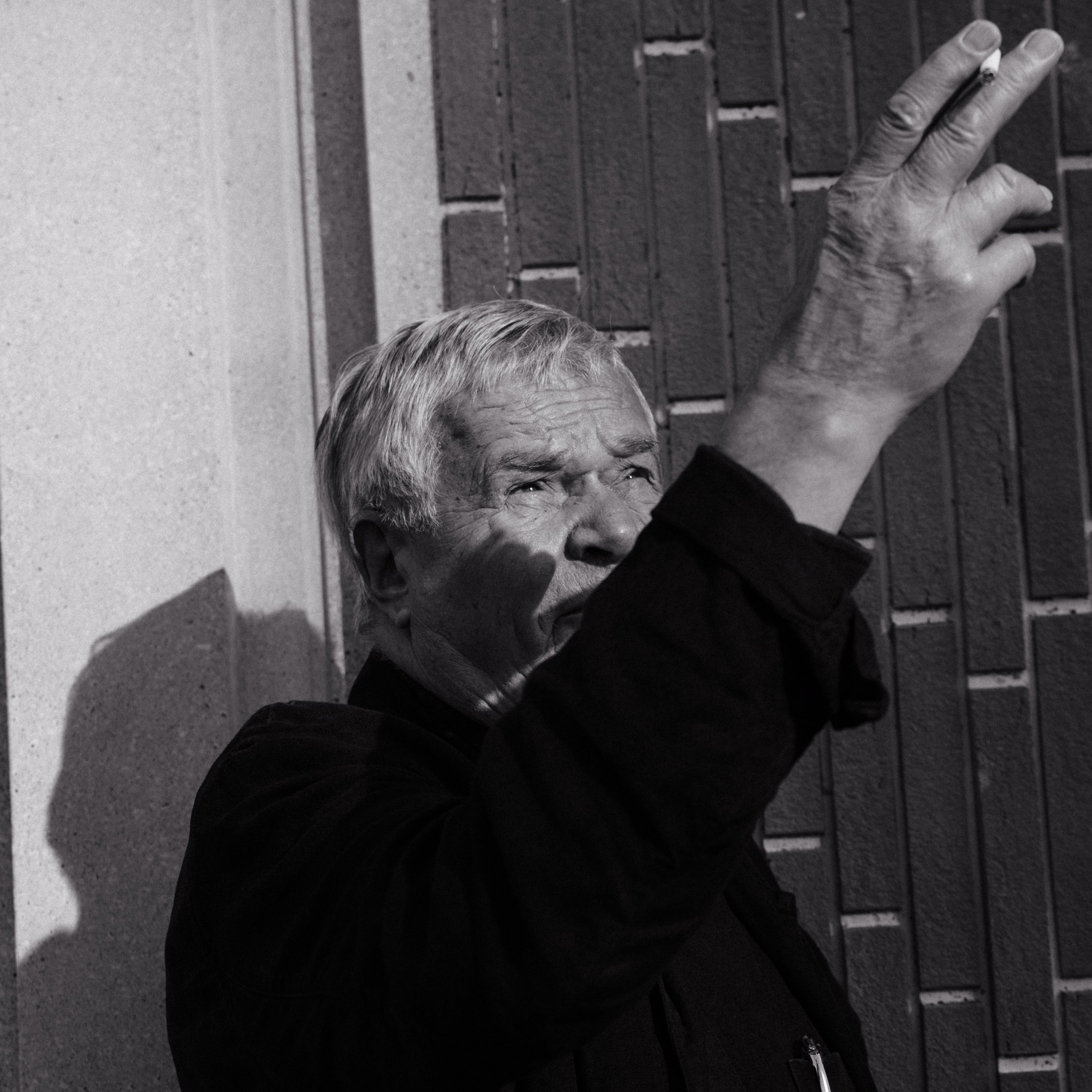
Claudius SchauflerEpsiode 7
Claudius Schaufler heads the "Smart Urban Environments" competence team at Fraunhofer IAO in Stuttgart. With his team, he researches the street of the future and tests his concepts in real-life laboratories.
Six to ten meters wide, the asphalt lies between the houses and we take it so much for granted as a surface that is firmly assigned to traffic that we hardly perceive it as a design space. Yet the street is probably the greatest scope we have in urban space. According to Claudius Schaufler, we must learn to design the street as a place that can be used flexibly. In doing so, we find flexibility difficult in the city. We fall for materials that promise permanence. We have learned to design the city around cars - and in doing so we are forfeiting the potential to develop on a large scale in the middle of the city what seems to be in shortest supply: space.
»Freedom is created when we reinterpret the space 'street' and give it back to nature and people.«
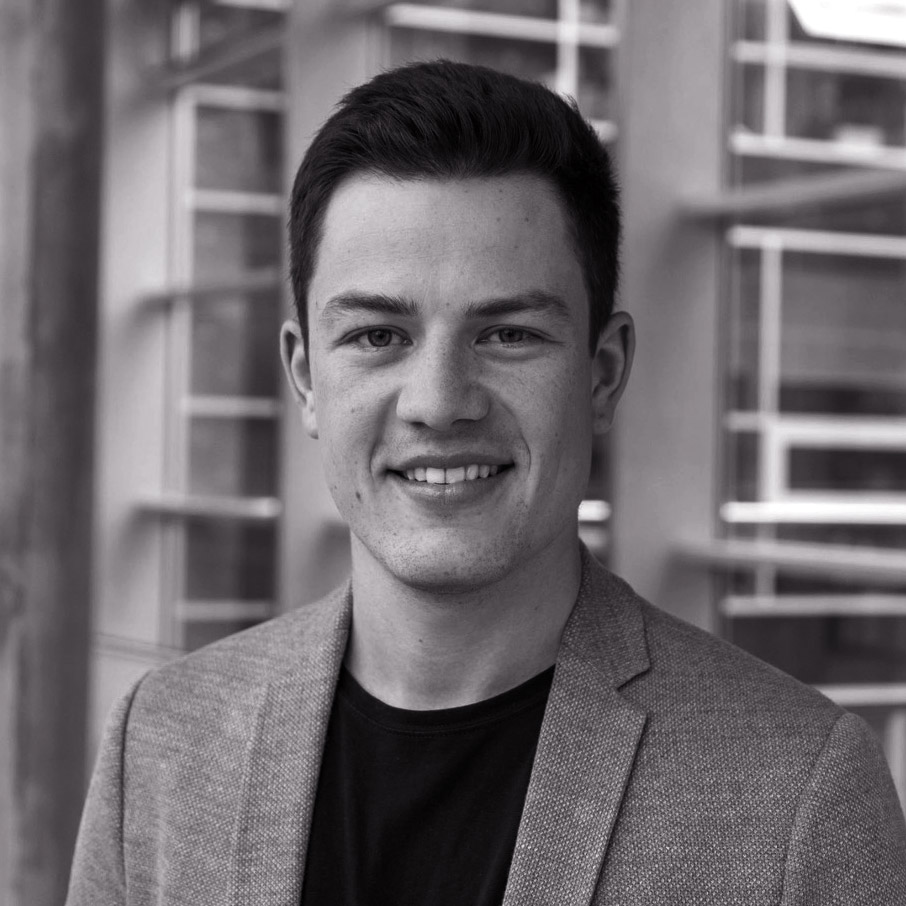
Yves PeitznerEpisode 8
Urban space becomes a canvas for art: audiovisual installations, in which light thus travels with sound, change typical city sounds. In the midst of a strictly functional everyday culture, an offer is created that is completely detached from the typical urban space. The viewer steps directly into action and reacts to the changing cityscape. An image that is individually charged with meanings.
The artist Yves Peitzner, creative director and founder of the studio TISH combines - like no other - technology with space and people. For him, urban space is a source of inspiration. For him, the confined space is experience.
»What messages do we want to send to the world? And how do they come back to us?«
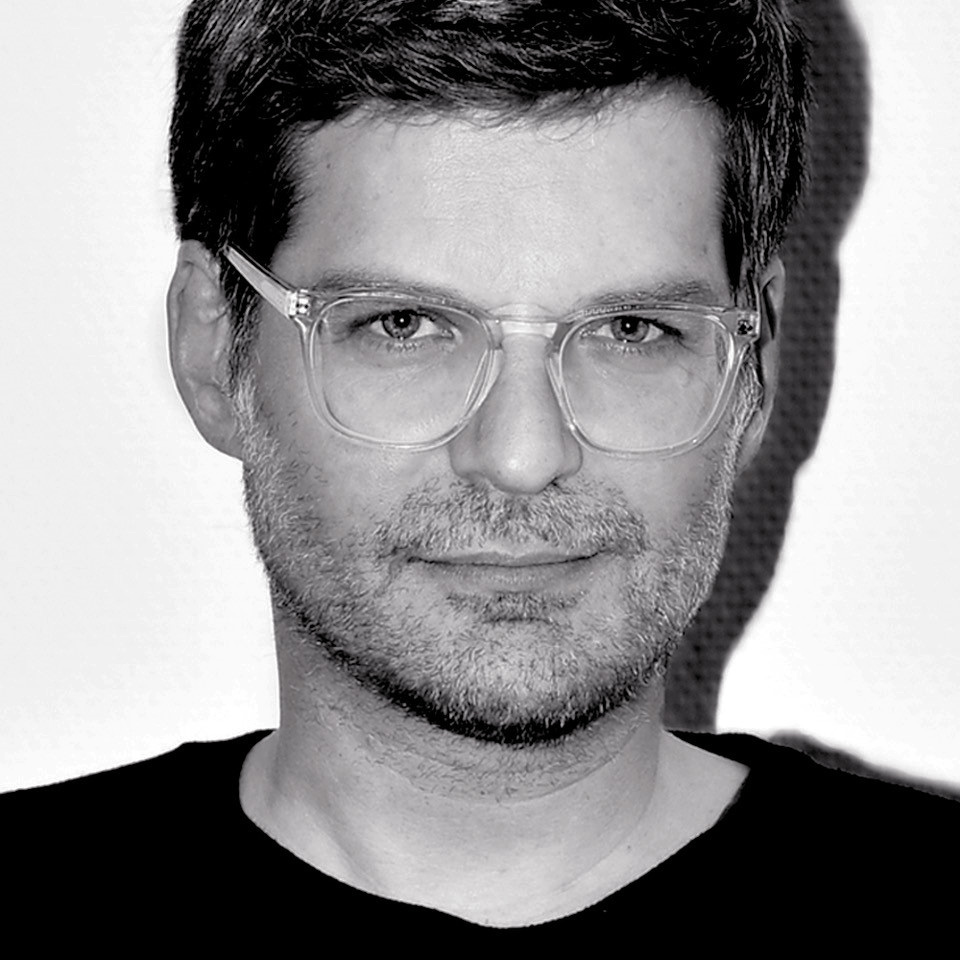
Jens Libbe Episode 9
Jens Libbe holds a doctorate in economics and social economics and heads the research area "Infrastructure, Economy and Finance" at the German Institute of Urban Affairs in Berlin. With his research projects, he examines, among other things, the development of our cities toward digitalized cities of the future. For him, it is important that the "cities of the future" continue to retain their European charm and sees the greatest challenge in the digitalization of the city as being to rethink freedom.
What does it actually mean for urban space when it is "digitized"? Navigation services guide us through the neighborhoods and dictate how we explore the city, indeed how we experience it. Administrations are becoming more digital and online services are driving the transformation of city centers and mobility. At the same time, more data about city dynamics is available to us, which we can use both for adaptive and smart building projects and for more targeted management. What does this do to us citizens? With today's developments in digitization, what does the city of the future look like? And what would we do differently if we could completely recreate a city from the drawing board today?
»One of the challenges of digitizing the city is to rethink freedom.«
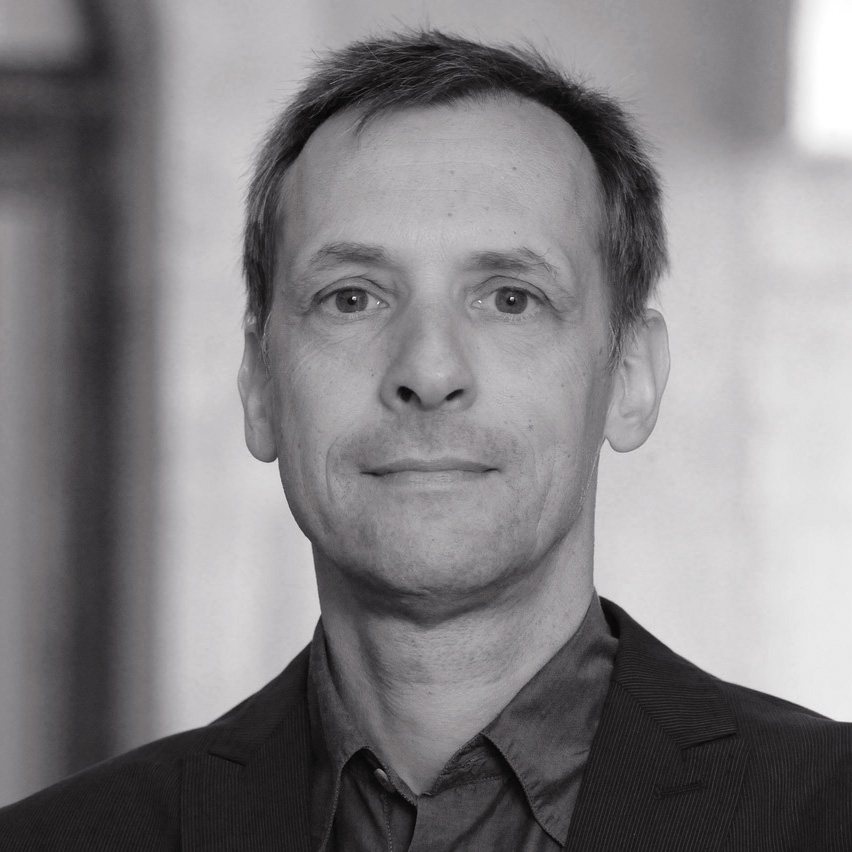
Benjamin David Episode 10
Even before the pandemic, the urbanauten were already setting a scent - for a new urban cultural feeling that will shape the city of the future. Then, last year, they outdid themselves once again. In order to create a perspective for artists and cultural workers, the team around Benjamin David unceremoniously launched the "culture delivery service" in 2020.
Benjamin David is the founder and owner of die urbanauten and chairman of the Munich cultural association Isarlust e.V. With his projects, the graduate urban geographer brings culture close to the people and has thus been shaping Munich's urban culture for over twenty years. For him, art and culture are the condensation point that brings people together in public space.
»Art and culture are the condensation point that brings people together in public space, in the city.«
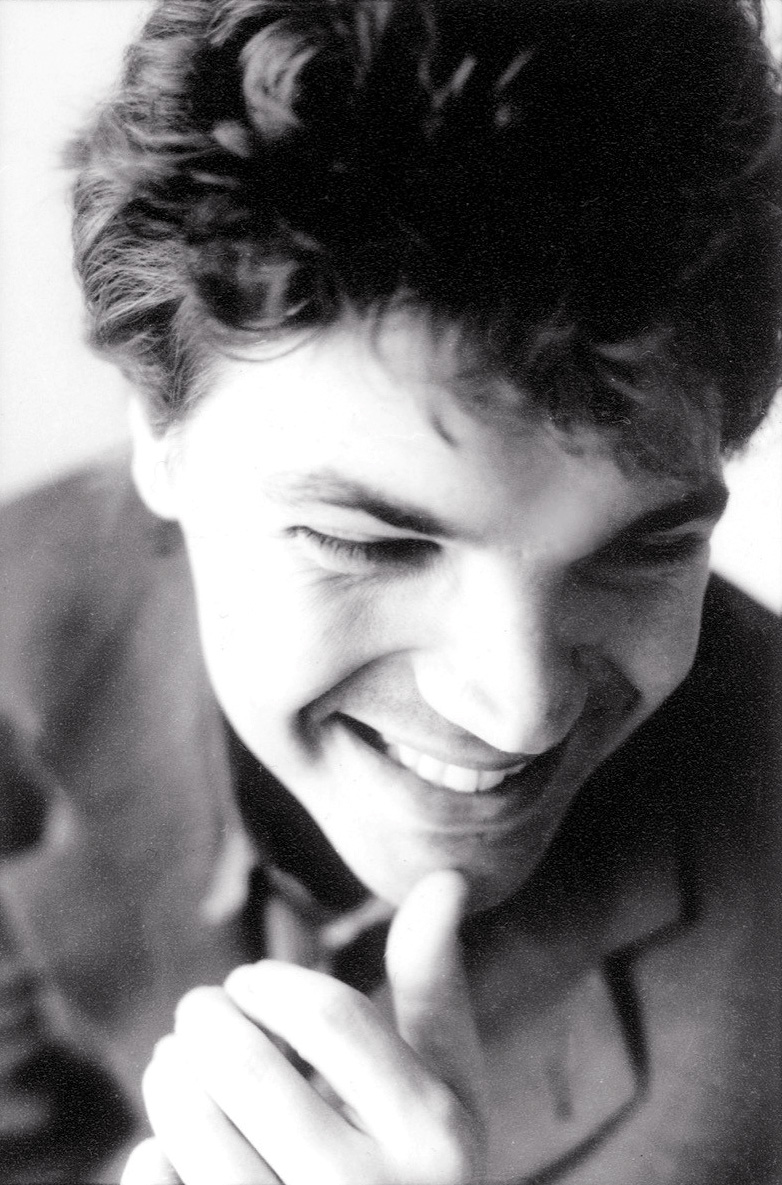
Nicole GranerEpisode 11
The emergence of Schwabinger Tor: The "Schwabinger Tor" on Leopoldstrasse in Munich has grown out of a kind of industrial wasteland that was also home to the Metro. How the developments were experienced by the neighbors and how the new urbanity is perceived by journalists is something Nicole Graner knows in person. As a resident in the vicinity of the new district and as an editor at the Süddeutsche Zeitung, Graner has witnessed the change from the very beginning.
A colorful diversity and a good mix of people, offerings and affordable housing are the crucial ingredients for a new urbanity: there should be something for every resident and every visitor. Green spaces and open spaces without the pressure to consume, places where people can move around and just be, must also be a part of this. Nicole Graner talks to Michael Carl and Jacqueline Althaller about how the attitude to life in Schwabing has changed, partly as a result of a new urban district like Schwabinger Tor.
>>It needs places where you don't have to do anything, but are just allowed to be.<<
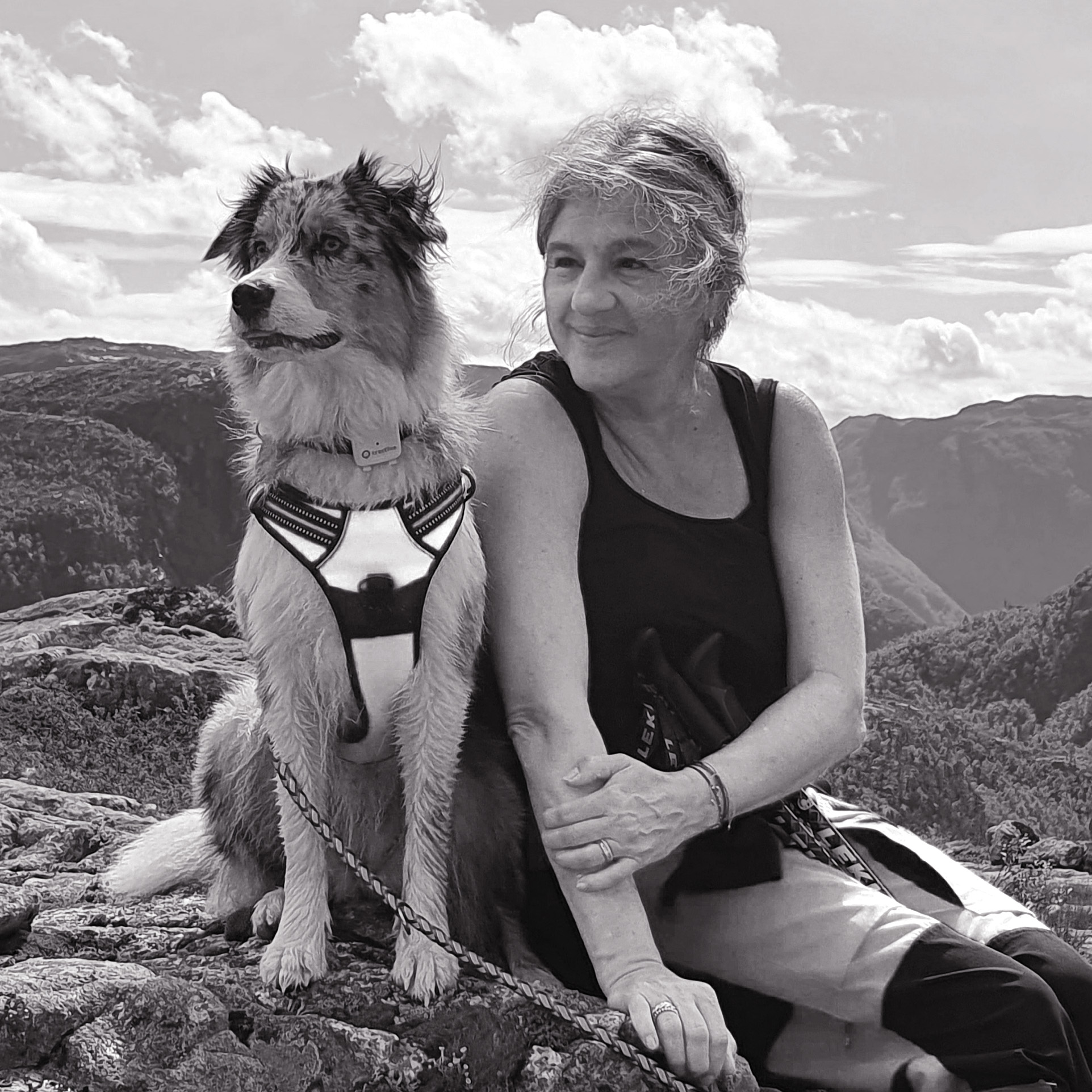
Julian PetrinEpisode 12
How do you build consensus when it comes to the future of our cities? Julian Petrin, urban planner and urban researcher in Hamburg, advises municipalities on urban future issues with his office "Urbanista". He has also been researching and teaching at HafenCity University in Hamburg since 2005.
Julian Petrin's focus is on participatory strategy processes for urban actors - a civic policy that seeks to build consensus at the various levels of a functioning city. This includes not only areas such as traffic or climate, but also the different opinions of urban actors. More can happen with joint consensus. And even if it takes longer, it is necessary on the way to a people-friendly city.
>>Cities must be able to breathe.<<
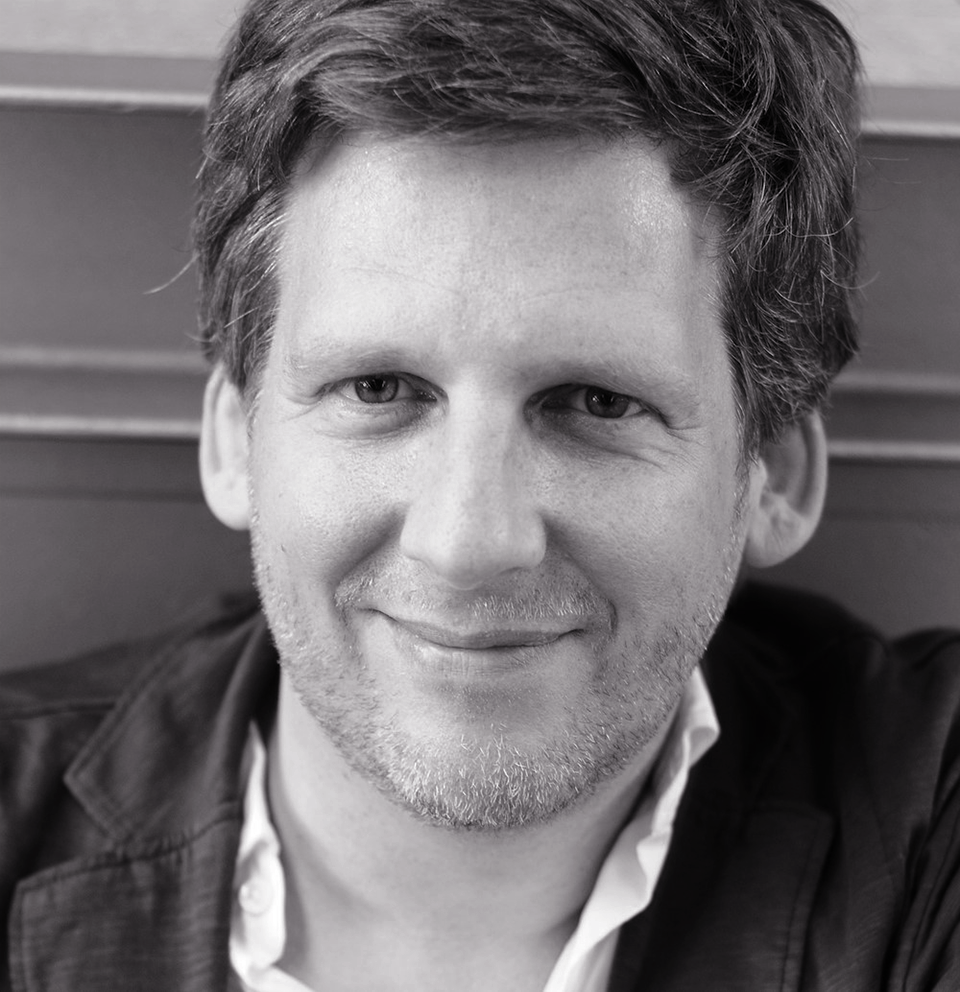
Michael O. SchmutzerEpisode 13
Let's learn from the contrast and juxtapose urban and rural areas. How do the perspectives for the future complement each other? Where do the differences grow, where do the two spaces merge? Our guest at Schwabinger Tor is entrepreneur and New Work pioneer Michael O. Schmutzer. As the founder of Design Offices, he has shaped urban space and created space for new forms of work, including here at Schwabinger Tor.
His current project - Neue Höfe - revitalizes rural areas and combines the qualities of urban and village life. What can we learn from the contrast? Michael O. Schmutzer in conversation here at Schwabinger Tor.
City of the future vs. future in the countryside
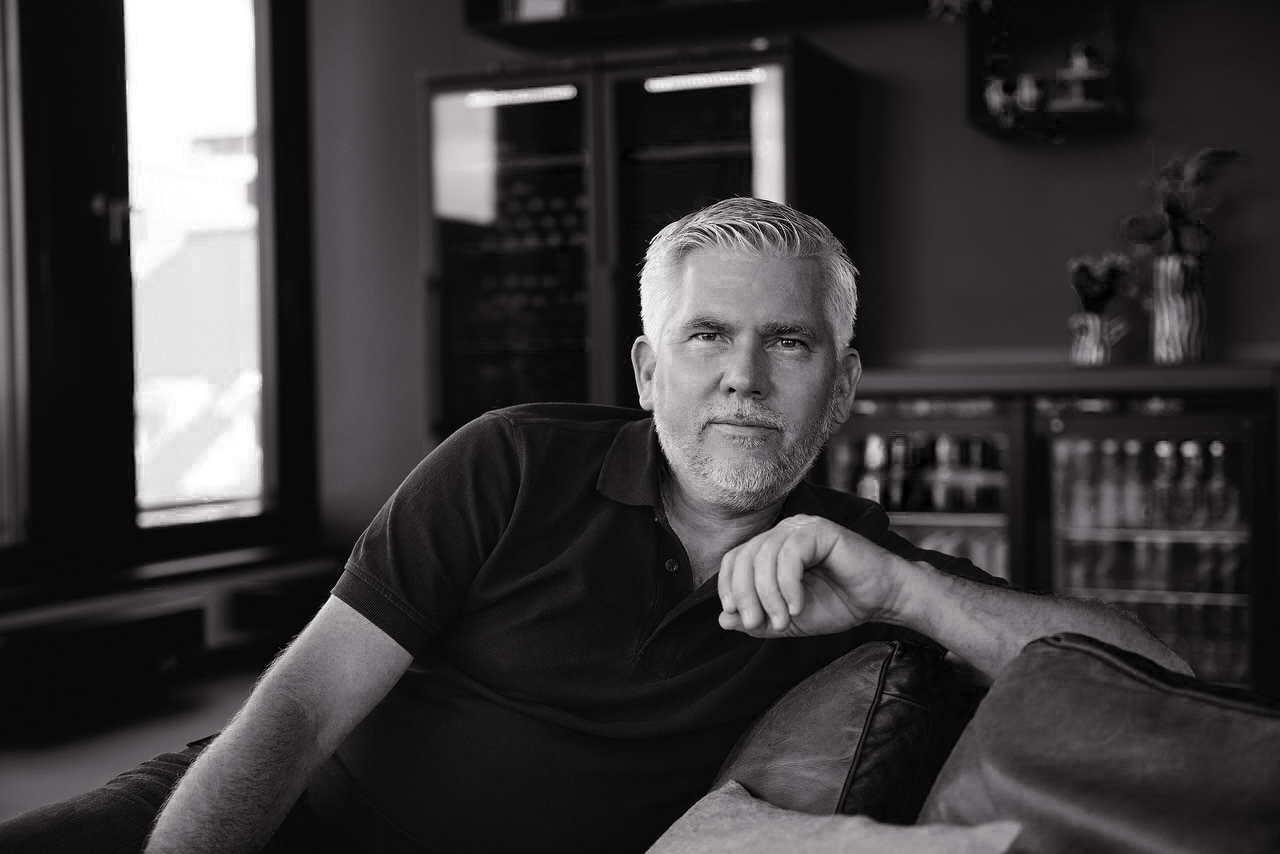
Steffen BenderEpisode 14
The climate crisis in the city
On the reconstruction of urban space in times of heat waves and heavy rainfall
The future of the city is a future in climate crisis. Urban space not only drives climate change, it is also exposed to its consequences. How can we ensure that urban space remains attractive in the long term? What do we need to do to ensure that the city can maintain its quality of life, even if weather extremes increase and periods of heat and cold become longer?
The Helmholtz Center Hereon in Hamburg now maintains its own Climate Service Center to help cities and municipalities adapt to the climate crisis. Hereon geologist Prof. Steffen Bender heads the Department of Coasts, Cities and Regions, is primarily concerned with the effects of climate change on urban areas, and is a guest today at Schwabinger Tor.
The climate crisis in the city
